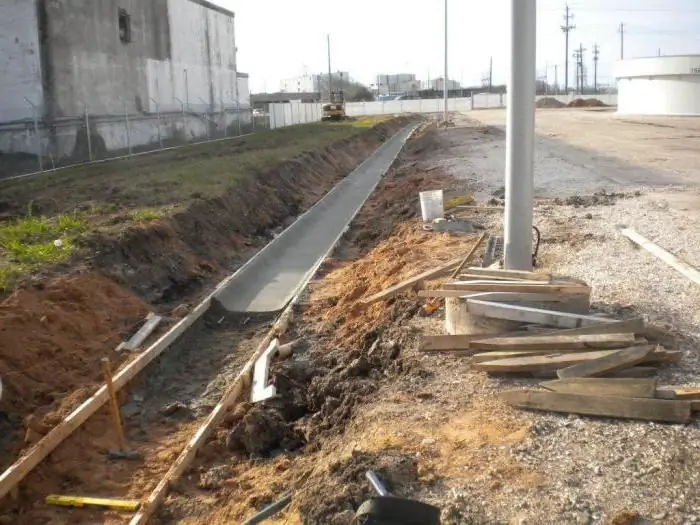2026 Author: Howard Calhoun | [email protected]. Last modified: 2025-01-24 13:10:47
In the recent past, when handicraft production of moonshine was a forced measure, the vast majority of home stills were installed on an open fire. Now that moonshine has begun to gain popularity as a creative hobby, interest in distillers that use electricity to heat has increased dramatically. Such a solution are moonshine stills with heating elements. It is about them that we will tell in this article.

Advantages and disadvantages
Like any equipment, a moonshine still with an electric heating element has its pros and cons.
The advantages of such distillers include:
- No need to install the cube on a stove or other heat source. Firstly, modern devices equipped with additional systems for removing excess fractions are often simply impossible to put on the burner, due to their largedimensions. Secondly, you can move the device to the far corner, where it will not interfere.
- The heating elements can be used in large volume stills, as there is no need to move them to the stove and back.
- Using a moonshine still with a heating element, you can more accurately regulate the temperature and even fully automate the process.
- Heating up much faster.
There are also disadvantages:
- The high cost of moonshine stills with heating elements.
- Energy intensity of the distillation process. Such a distiller is a rather powerful consumer, creating a load on the network and increasing electricity costs.
- Formation of scale on the surface of the heater. Subsequently, this may affect the taste of the product.
Which heating element for moonshine to choose
When choosing a heating element, they are guided by the volume of the distillation cube. The higher it is, the more mash will have to be heated. There are special algorithms for calculating the determination of the power of a heating element for a moonshine still. But they are usually used in industrial distillation, when the time and the amount of energy expended are high, and the accuracy of the calculations is high.
At home, the following rule is quite applicable: for every 10 liters of the volume of the distillation cube, 1 kW of heating element power is needed.

Temperature control
One of the main advantages of using a moonshine still with a heating element is the ability to accurately adjust the temperature. The advent of thermostats relieveddistillers from the need to monitor the thermometer and turn the heater on and off manually.
Today, you can find a huge selection of such devices on sale. Thermoregulators are delivered as built-in heaters, and separately. For home brewing, a device designed for temperatures up to 95 ° C is enough.
Uniform heating of liquid in cubes with a volume of more than 20 liters is recommended to be carried out using two heating elements. There is also the option of using them in combination with a steam generator. This is necessary when distilling high-density mash to avoid burning. In such cases, it is advisable to connect all heaters to one remote thermostat.
Installation of heating elements

So, to use electricity for distillation, you need a moonshine still with a heating element. Such equipment can be purchased ready-made or made independently.
Installing a heating element in the distillation cube of the apparatus is not difficult at all. This can be done by anyone who has an idea about the operation of electrical appliances, at least in general terms. It is necessary to use a heating element designed to work in a liquid. It must be fully inserted into the cube so that it always remains completely covered with liquid during operation.
During installation, pay attention to keeping the cube sealed. Do not pinch the fasteners and contacts.
Recommended:
How profitable is it to use a credit card? Overview of credit cards and terms of use

The decision to issue a credit card comes to the client within a few minutes after sending the application for receipt. If approved, issuing a card can take up to three days, some financial institutions issue them to customers immediately upon application. A borrower over the age of 18, in order to issue a credit card to him, must provide a banking organization with his passport data, documents confirming income (certificate 2 personal income tax)
Tray for heating mains: dimensions, GOST. Reinforced concrete trays for heating mains

Reinforced Concrete Heating Tray is rectangular in shape and has a gutter configuration. The parameters for the type of width, length and height of different models differ from each other. The structures are made of heavy concrete, which, after hardening, are extremely resistant to various types of loads. In addition, these trays are frost-resistant
Greenhouse heating: heating methods

In spring and summer, thanks to the natural conditions in the greenhouse, you can grow different crops without additional heat. And in autumn, winter and early spring, when both the soil and the air are cold, it is very difficult to grow something in a greenhouse. This is why greenhouse heating is necessary
Heating oil as an alternative to traditional heating

Heating oil has become the most demanded resource for heat production. It is not advisable to use gas and electricity as space heating and water. Moreover, when burned, heating oil releases much more energy than diesel fuel, making it the most suitable energy source for home heating
Production of flat heating elements. Do-it-yourself heating flat element

The heating flat element is a heating element made of plates of different materials. They are made from a specific shape, each of which serves to heat flat parts. A flat heating element in its design resembles a rubber wire attached to a special housing. It can be made of metal, ceramic or micanite. This device operates on a simple 220 V mains supply

